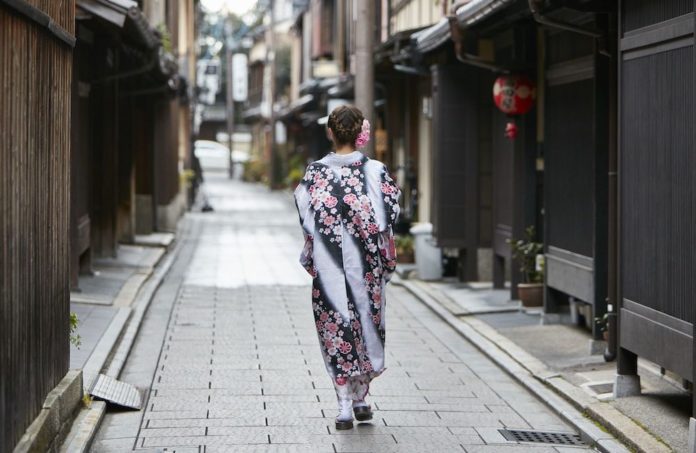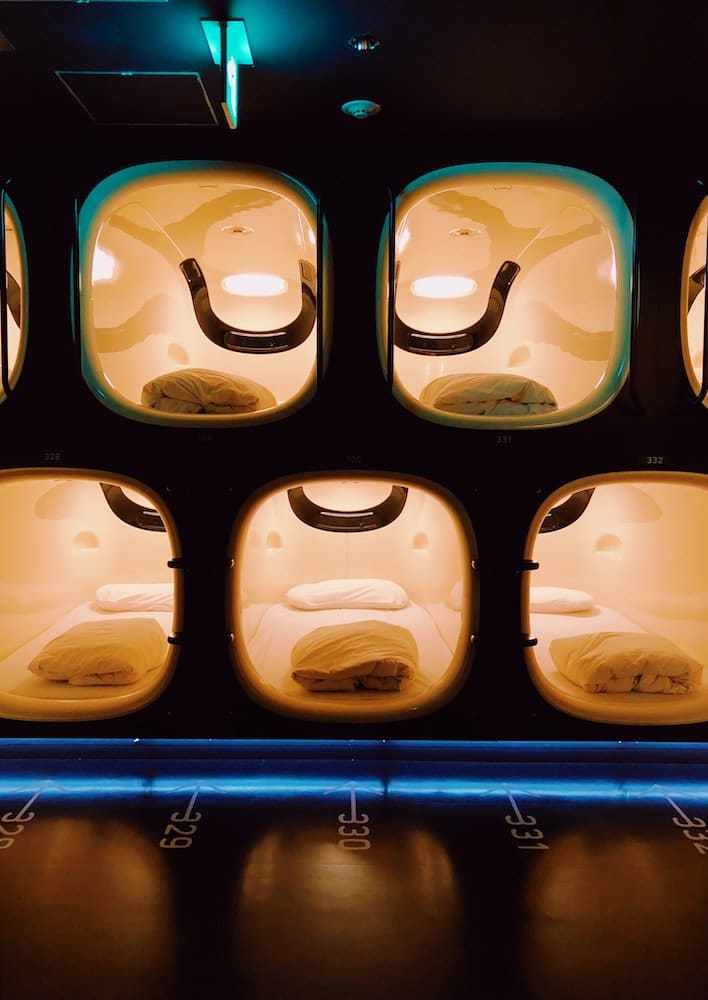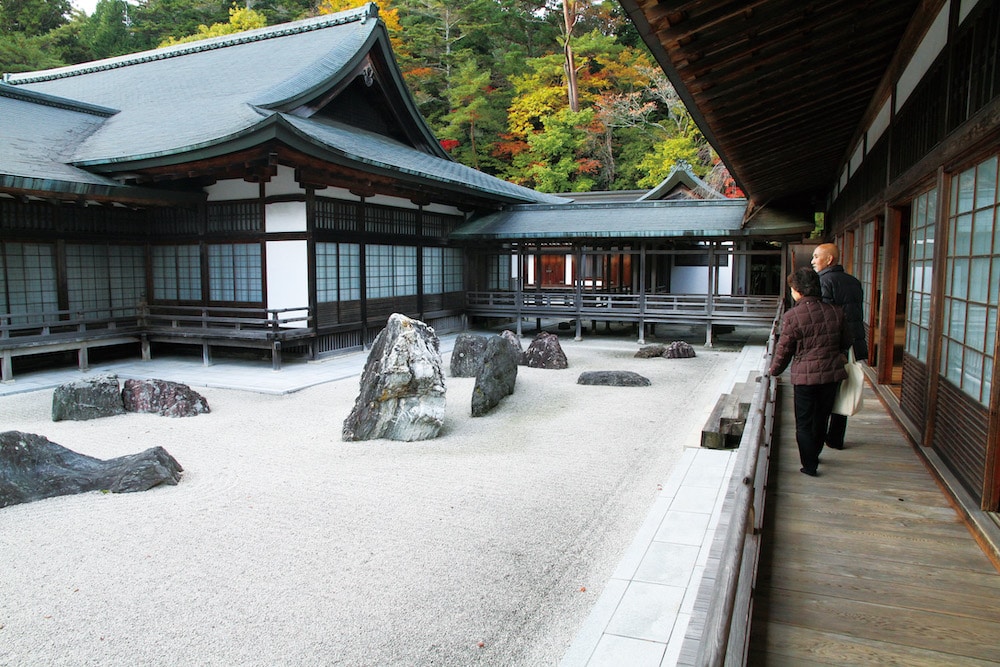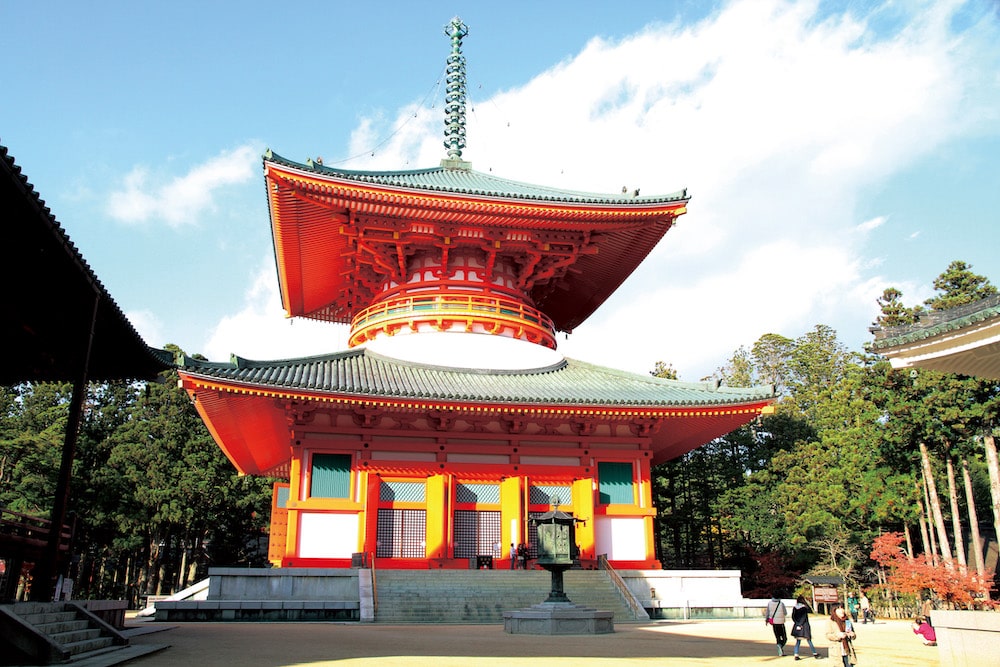
Japan is one of the most wildly creative places in the world, famed for its futuristic design as well as its rich, traditional heritage. It offers a wide range of accommodation types in both Japanese and Western styles, including some unconventional forms such as capsule hotels and ryokans. Here, we look at Japan’s most unique accommodation options.
Remote onsen ryokans
Japan is known for an abundance of hidden-away natural hot spring resorts such as Nanoyado Hotel Iya Onsen and Rankeisou Inn. For a truly hidden gem, visitors should look no further than Nanoyado Hotel Iya Onsen, located deep in the mountains surrounding the Iya Valley.

Here, the natural landscape retains its original wild state with few exceptions of human interference. Visitors will find themselves immersed in deep forests, surrounded only by birds singing and the wind blowing through the trees. The view over the valley is unrivalled – even more so because guests can enjoy it on their way down to (and up from) the hotel’s outdoor bath. Rankeisou Inn is situated an hour from the nearest train station (there’s a free shuttle bus once a day from Tsubame-Sanjo Station) and it sits at the edge of Shinano River, far away from any other houses or inns.
Capsule Hotels
Capsule hotels are one of Japan’s best known and unique types of lodging. A capsule hotel, also known as a pod hotel, is a unique type of basic, affordable accommodation. Each guest occupies a capsule, essentially a bed-sized pod, and they can close it either with a door or a curtain.

Belongings are usually stored in a locker provided by the hotel. Many capsule hotels also commonly provide large communal baths where guests can enjoy a soak before bed. In addition, they usually also have restaurants, vending machines, laundry facilities, internet kiosks, lounges, entertainment rooms, game rooms or manga libraries within the facilities.

The first capsule hotel opened in Osaka in 1979, and today they can be found all across Japan (and in other parts of the world, including Ireland).
Kominka revival
Part of Japan’s many eco-initiatives is the transformation of kominka houses into guest houses, cafés, restaurants, and community spaces. It is Japan’s traditional farmhouse, built in a distinctive and nostalgic style.

Restoring kominika for commercial use infuses rural areas with new energy by appealing to visitors as a sustainable option. Visitors who want to get a glimpse of a truly authentic experience of traditional Japanese living should think about staying at a kominka hotel. Time seems to slow down in these old farmhouses, giving both an insight into nostalgic Japanese day-to-day life and offering a stunning view over the local scenery. This farmer’s experience does go hand in hand with amazing local dishes as well and it offers a certain kind of slow relaxation. Kominka DIY House Chill Out in Fukuoka could be a perfect choice to indulge to the fullest in this cultural experience and forget the modern world for a couple of days.
Azumi – the new modern ryokan concept
The founder of Aman Resorts, Adrian Zecha, has launched a new hotel group named Azumi in Japan. Azumi aims to deliver a fresh take on the Japanese ryokan experience, combining the hospitality of a traditional stay with elements of the global hotel experience.

Originating from as far back as the 8th century, traditional Japanese inns known as ryokan still host guests across Japan. Preserving a more traditional lifestyle, these inns immerse guests in Japanese culture and traditions, with a focus on personalised hospitality that’s made the ryokan synonymous with guest care.
Azumi is combining this cultural framework with a hotel offering that appeals to the modern traveller, balancing tradition with innovation in everything from the design and service to wellness, cultural programming as well as food and beverage offering.
Temple stays – Shukubo
Many Buddhist temples in Japan offer visitors a chance to stay overnight and experience the daily life of the temple, from vegetarian meals, to prayers and meditation. These stays offer peace and tranquility, and the opportunity to experience life at a slower pace. Shukubo, or temple stays, began centuries ago when pilgrims were taken in by temples for a few nights.

Most of these lodgings are around popular pilgrimage areas like Kyoto, Mt. Mitake in Tokyo, Zenkoji in Nagano and Koyasan in Wakayama. It’s an ideal way to gain a better understanding of life inside a temple, which has hardly changed in millennia. Typically, a thick futon will be rolled out in the room at the temple, with tatami mat flooring and sliding wooden doors separating the guests. Some temples even have Wi-Fi connections for those visitors who find it impossible to leave the modern world completely behind.




